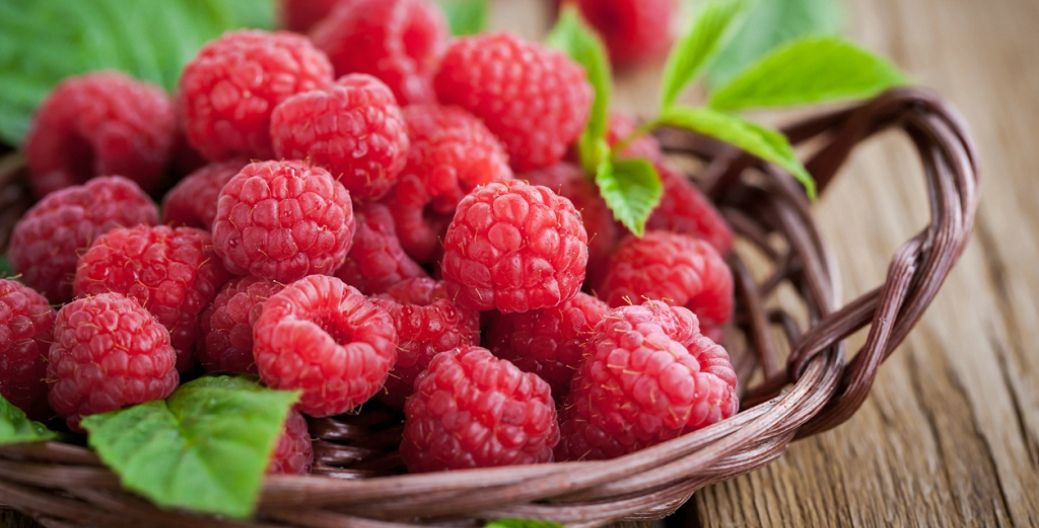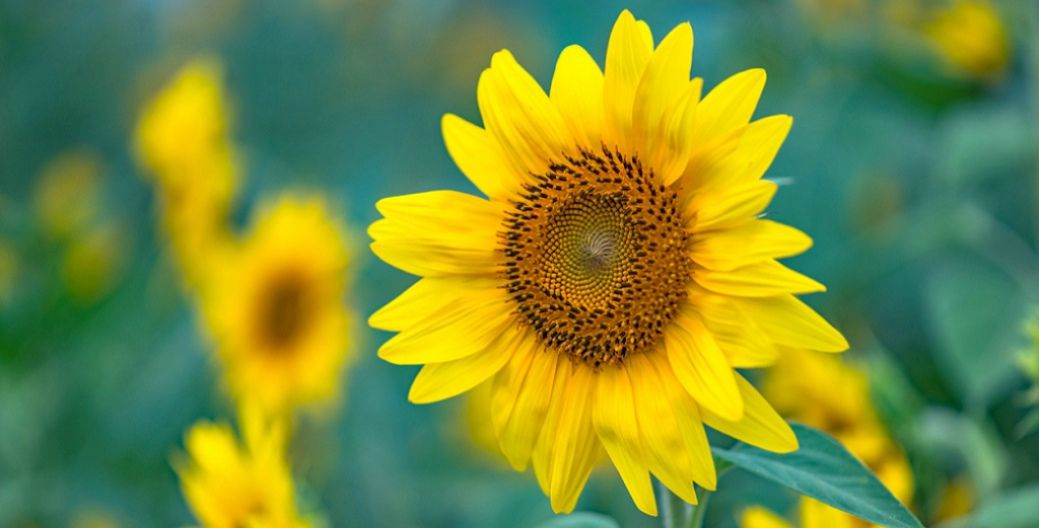Plant Collection Most Common Herb Fragrant plantain lily See More The trademark feature of Asia-native plantain lilies is the numerous glossy oval leaves with deep parallel veins. The Fragrant plantain lily is additionally decorated with strongly fragrant, trumpet-shaped, large white flowers, which are unique in the genus. Hosta plantaginea is one of the favorite cultivatedContinue reading “Most Common Herb”


Plant Collection Best Perennial Plant to Grow Orange daylily See More The Orange daylily is a perennial plant known for its captivating lily-like blooms. Its natural habitats are meadows and forests, but it is also a common garden plant in temperate regions around the world. Each individual flower lasts only a day, but the plantContinue reading “Best Perennial Plant to Grow”

Plant Collection Best Perennial Plant to Grow China rose See More The China rose (Rosa chinensis) is a Southwest China native. The plant has been cultivated for so long that it has become hard to tell the difference between wild and cultivated varieties. With medium-sized clusters of flowers and a long blooming season, it isContinue reading “Best Perennial Plant to Grow”

Plant Collection Most Common Herb Golden pothos See More The Golden pothos is a popular flowering house plant that’s commonly seen in Australia, Asia, and the West Indies. It goes by many nicknames, including “devil’s ivy,” because it is so hard to kill, and can grow in the dark. Golden pothos has poisonous sap, soContinue reading “Most Common Herb”







